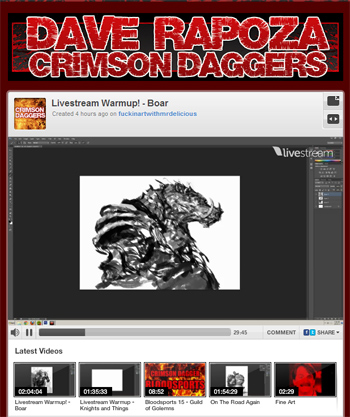Concept artists and illustrators have the exciting job of translating their imagination onto the canvas or computer screen. How wonderful! It's great up until the moment you realize that you don't actually know much about the subject you're supposed to be inventing. After all, concept artists and illustrators are not architects, fashion designers, industrial designers, or engineers. They're a mixture of all of these professions- and yet are infrequently trained in any of them. So if you're an artist, it's up to you to learn a bit about each of these fields. Let's start today!
Buildings and the Principles of Design
College was the start of my love affair with architecture. I never had a particular interest until I began to see the overlap with 2D, graphic, design principles. A building, after all, is just a large geometric shape. It has a silhouette, rhythm, repetition, emphasis, balance... it's all there!
Wanting to know more, I began to watch movies and read books. Concise Townscape was the first book that really hit home. This book dissects urban spaces into visual design elements - much like a graphic design text would explain visual compositions. The coolest part is that it opened my eyes to this invisible world of visual flow in cities. Want to make a viewer focus on something really cool? Make them walk up a set of stairs and then proceed through an arch or tunnel. The first thing they see upon exiting will be visually impressive. Simple principles like this were amazing insights to the way I experience cities, and in the way I design buildings for video games. Even if I don't have the skills to be an actual architect, understanding the fundamental concepts makes me a better concept artist.
Inspiration
As I learned more about the design language of architecture, I started watching movies for inspiration. If you have netflix streaming, make sure to check out Urbanized (or the direct link here) and How Much Does Your Your Building Weigh, Mr. Foster? (Direct link here). These are amazing looks at both individual buildings (Foster) and entire cities (Urbanized). Museums are another great place to learn about the subject - especially the National Building Museum which is not to be missed next time you visit Washington DC.
The list of resources is endless. If you have any particularly cool websites or books to share, please -- put them in the comments! Ultimately, the important thing is to never stop learning. I didn't think architecture was interesting until I started digging, and now I consider it one of my passions. If you approach tangential subjects such as industrial design, fashion, advertising, and landscaping - you never know what passion you might uncover. And as a concept artist or illustrator, you can never know too much!
A quick list of recommendations
- Concise Townscape
- Architecture: Form, Space & Order
- A Shelter Sketchbook
- Why Buildings Stand Up
- Eames: The Architecht and The Painter
- Urbanized





























